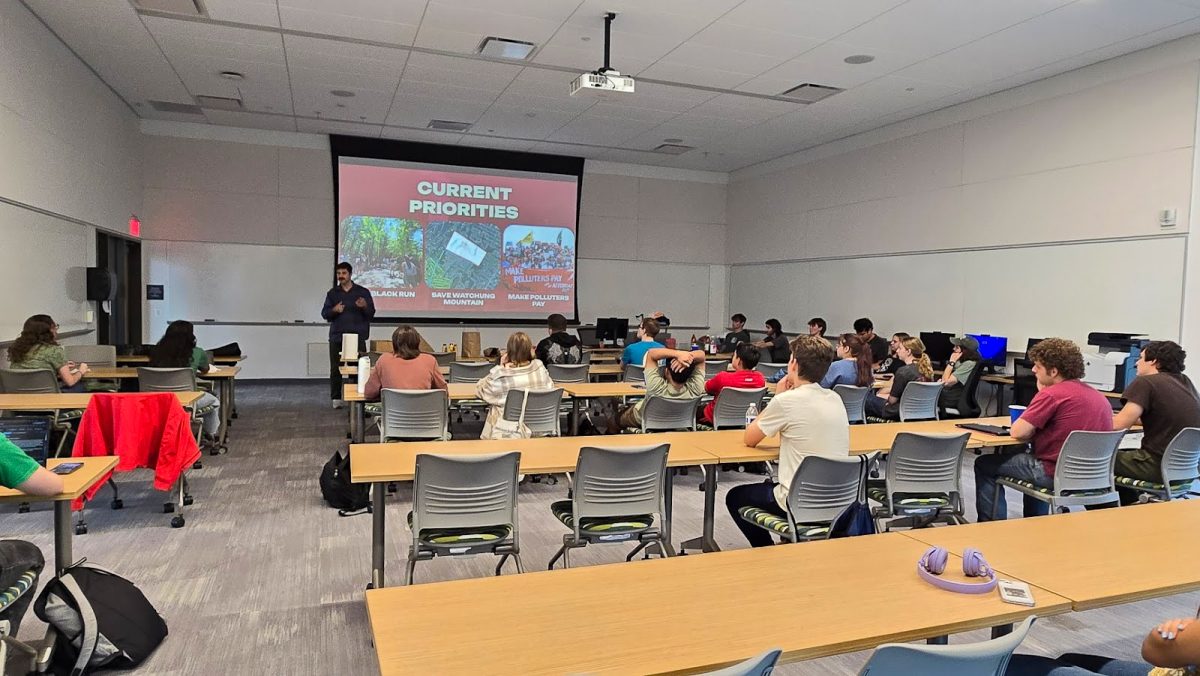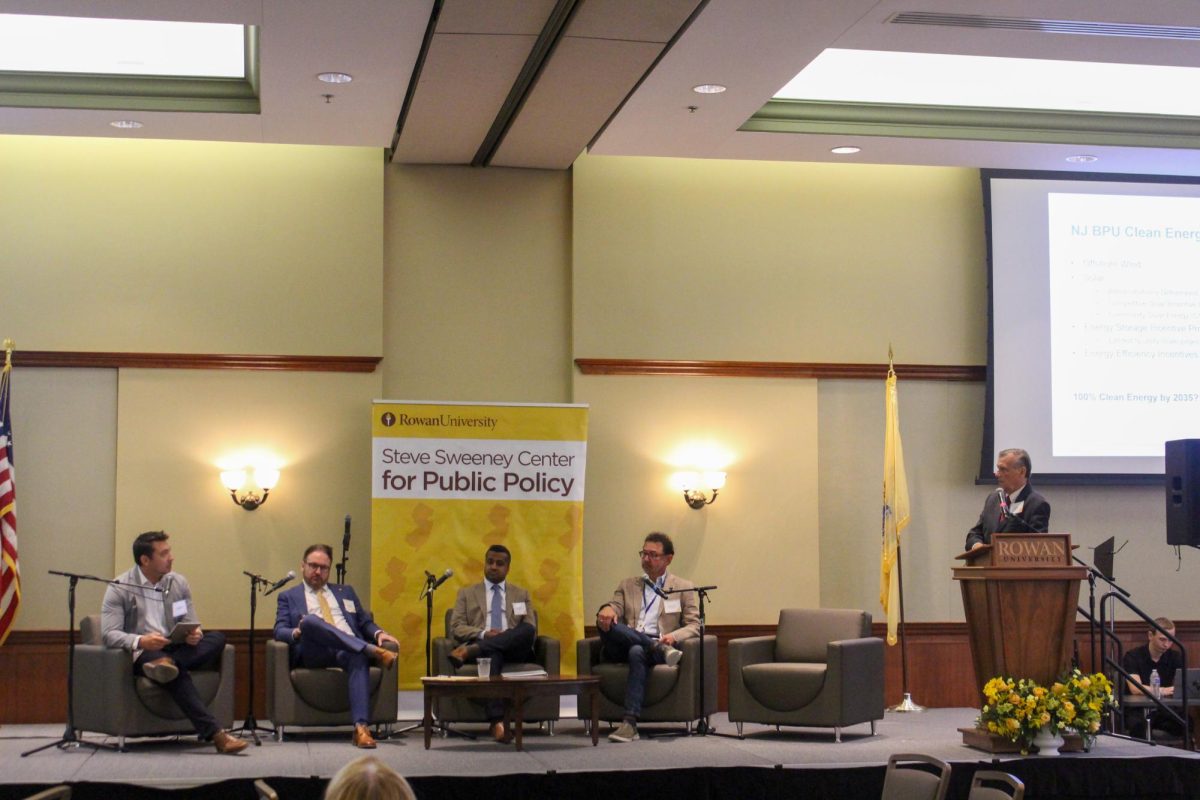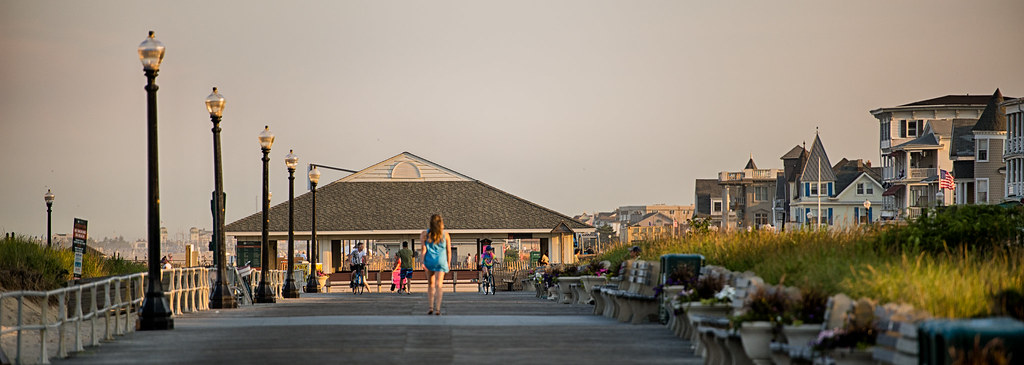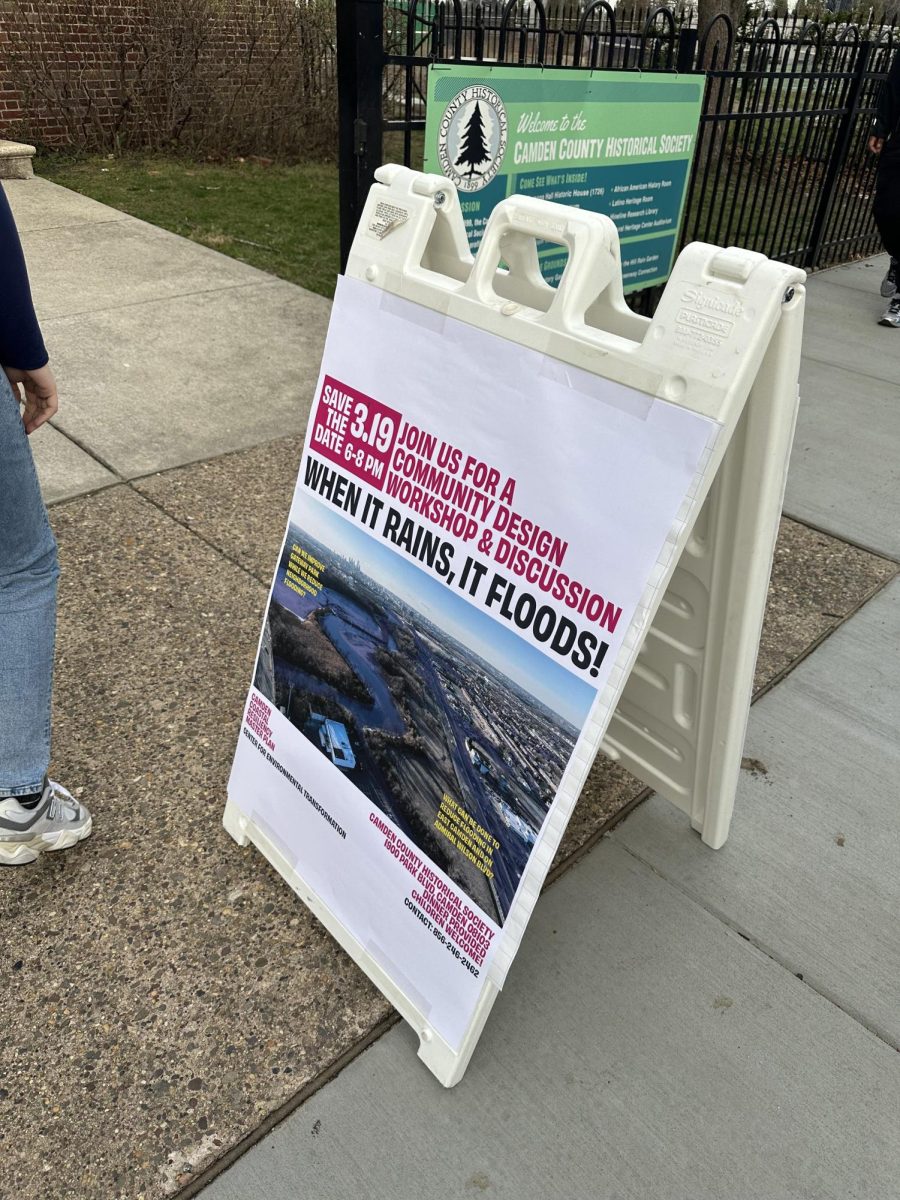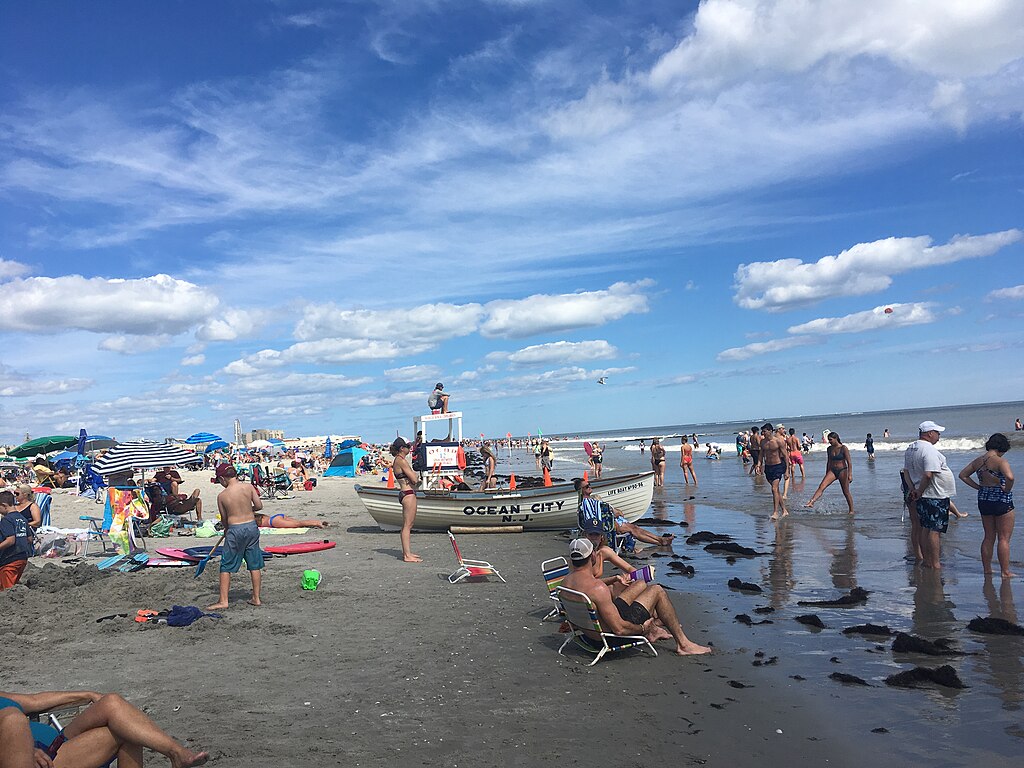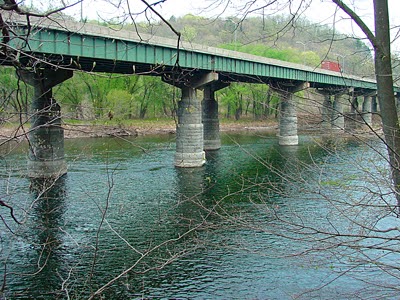November 17, 2022
Rowan University’s Department of Geography, Planning, and Sustainability hosted its first World Town Planning Day to discuss climate-resiliency planning.
“Climate resiliency planning is a planning process that helps communities survive and thrive by addressing climate-related stresses and shocks,” said Mahbubur Meenar, Ph.D., associate professor of Planning in the Department of Geography, Planning, and Sustainability and the director of Community Planning + Visualization Lab at Rowan University.
It has two aspects — planning for climate mitigation and adaptation.
“Climate mitigation efforts are needed to reduce greenhouse gas emissions. Climate adaptation efforts include the understanding and anticipation of the impacts of the climate crisis and taking necessary action to minimize risks and vulnerability. Climate resiliency planning is practiced at the global, national, regional, and local levels,” said Meenar.
The event included two guest speakers, Nick Angarone, the New Jersey chief climate resilience officer and Meghan Wren, the area planner for New Jersey Office of Planning Advocacy.
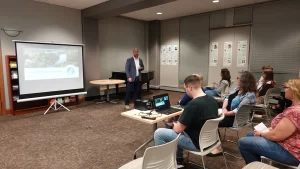
Nick Angarone talked about how the impact that Hurricane Sandy had on New Jersey was the catalyst for climate change planning in New Jersey. New Jersey is one of the fastest-warming states, and precipitation patterns in the state have changed as well. In the last decade, precipitation levels have increased by 10%, and we’re seeing more rain in a shorter period of time, also called flash storms.
He told an audience of 50 people that the sea level will rise by five feet by the end of the century. It’s inevitable, which is why planning for the future is crucial to the sustainability of the planet.
In 2019, Gov. Phil Murphy issued Executive Order No. 89, which was the first time the executive branch of New Jersey declared it is a priority for state agencies to address and respond to the effects of climate change.
“It’s not just about how hot it’s going to be and who’s going to get wet. We have to really think about what the impacts are going to be to our communities and those who make up our communities. Right? What are the actual impacts going to be on the people,” said Angarone.
Each of the 564 municipalities in New Jersey are able to decide what their plan can look like based on their environment and its needs….
Read the full article in The Whit
The Whit is a student-operated campus news outlet for Rowan University and a content partner with South Jersey Climate News.


